SmartBus™, Connect Suite, and Smart Transit customers now have access to eduroam integration
MCLEAN, Va., May 18, 2023 /PRNewswire/ — Kajeet®, the leading wireless connectivity and device management provider for education, government, and commercial markets, today announced the immediate availability of the eduroam (education roaming) global network access service for SmartBus, Connect Suite, and Smart Transit customers. As a federated authentication service, eduroam allows participating institutions to provide access to their wireless networks to users from other participating eduroam institutions. It is the global standard for secure authentication and authorization developed for and by the research and education community.
As one of the first leading K-12 network service providers to offer eduroam integration, Kajeet offers its customers who want to become eduroam subscribers or hotspot providers a zero-touch model to authorize educational users and provide secure authentication for their own students, faculty, and staff to Kajeet-powered networks. The integration will allow users to access the school bus WiFi network using their home institution logins on school-provided or personal devices. Authentication of each user is processed automatically through the Internet2-operated eduroam infrastructure. The same process can enable access at a community center, public park, school parking lot, or on local mass transit, such as buses, shuttles, trains, or ferries.
“Kajeet’s eduroam integration offers a significant advancement in secure WiFi access for educational users,” said Michael Flood, senior vice president, Public Sector at Kajeet. “With this integration, our customers can provide safe and easy WiFi access for their students, faculty, and staff, without having to worry about unauthorized use and with a significant reduction in security threats. We are excited to work with Internet2 to expand our educational network and better serve our customers.”
Visiting students, faculty, staff, or researchers from qualifying educational institutions can use the eduroam network with no additional setup or login processes. Institutions can join eduroam to allow their users access to eduroam globally whenever and wherever they travel. Both host and home institutions have access to secure reporting to understand the benefits of their participation for their own users and educational roaming guests.
Existing Kajeet customers may contact their Account Manager to inquire about enabling eduroam. Any entity with compatible 4G and 5G routers can connect with Kajeet to learn how its solutions support secure educational access in their community and join the Kajeet network to offer eduroam access.
For more information about eduroam, please visit: https://get.kajeet.net/free-eduroam-enablement
About Kajeet
Kajeet provides optimized IoT connectivity, software and hardware solutions that deliver safe, reliable, and controlled internet connectivity to nearly 3,000 businesses, schools and districts, state, and local governments, and IoT solution providers. Kajeet’s private network solutions simplify private wireless to allow customers to design, install and manage their own private wireless networks, while also offering a scalable IoT management platform, Sentinel®, that includes visibility into real-time data usage, policy control management, custom content filters for added security, and multi-network flexibility. Since 2003, Kajeet has helped thousands of organizations connect over a million devices around the world. To learn more, visit kajeet.com
About eduroam
eduroam (education roaming) is the secure, world-wide roaming wireless service developed for and by the international research and education community. Internet2 is the operator of eduroam in the U.S., with more than 1,000 eduroam-subscribing organizations. eduroam allows students, researchers, and staff to roam and find connectivity at more than 3,000 locations in the U.S. and more than 33,000 worldwide. To learn more, visit incommon.org/eduroam.
Contact your dedicated Account Manager:
Kris O’Connor 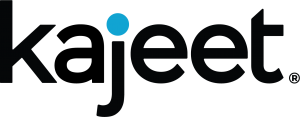
EDU Sales Executive, Kajeet
815-260-7960
koconnor@kajeet.com
Ryan Frohle
Account Manager (Install Accounts)
240-482-3499
rfrohle@kajeet.com
Learn More About Kajeet


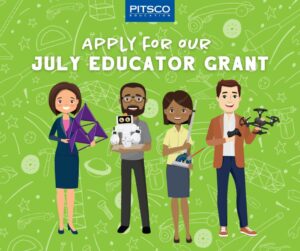

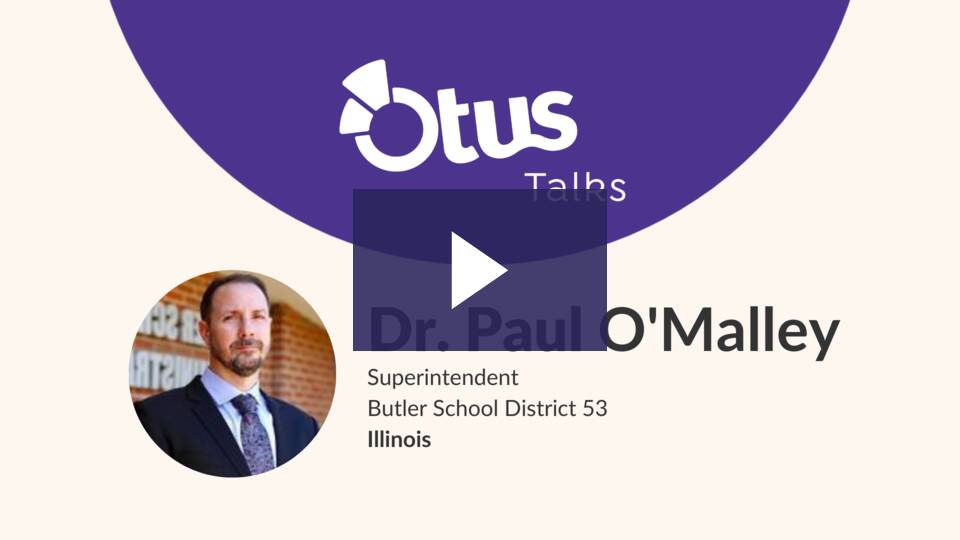

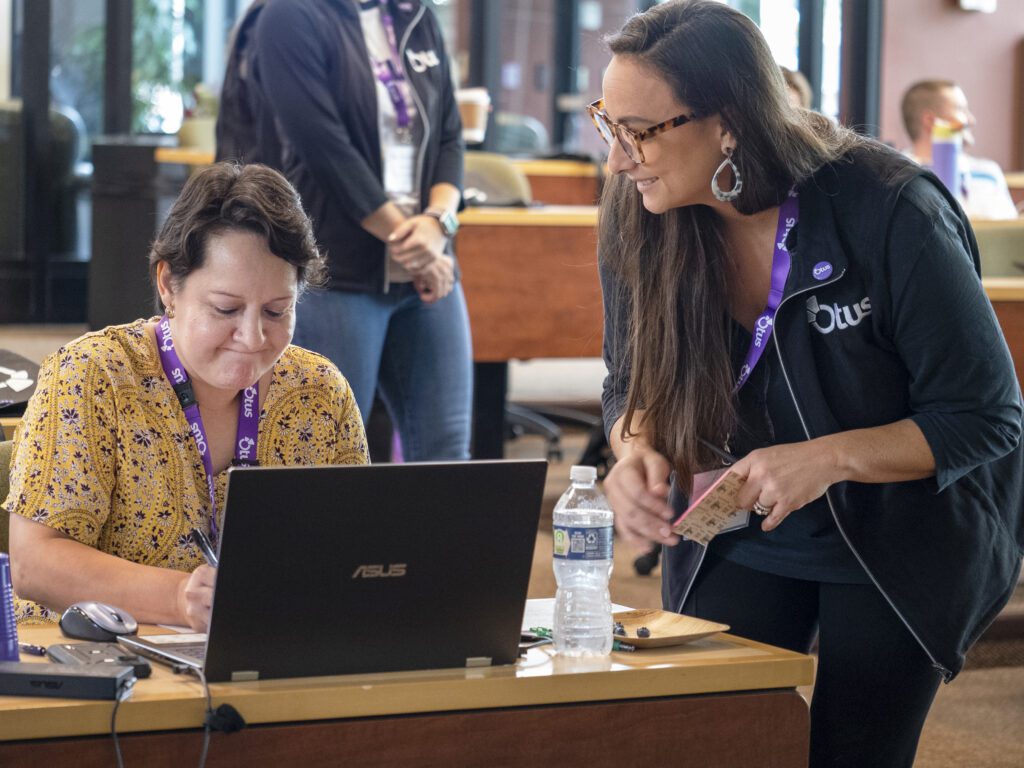
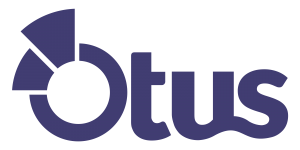








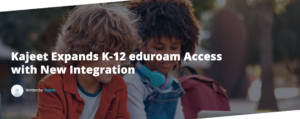

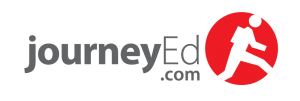
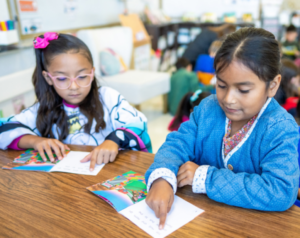
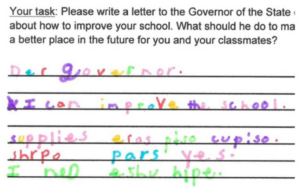 This gap resulted in students scoring in the <1 percentile on reading assessments for years with minimal intervention. Goldberg, the founder of the Right to Read project, monitored the reading scores of a fifth grader named Clark and found they improved with extra help. However, Clark’s teacher lacked the resources to offer the additional systematic instruction needed for Clark to read proficiently.
This gap resulted in students scoring in the <1 percentile on reading assessments for years with minimal intervention. Goldberg, the founder of the Right to Read project, monitored the reading scores of a fifth grader named Clark and found they improved with extra help. However, Clark’s teacher lacked the resources to offer the additional systematic instruction needed for Clark to read proficiently.
